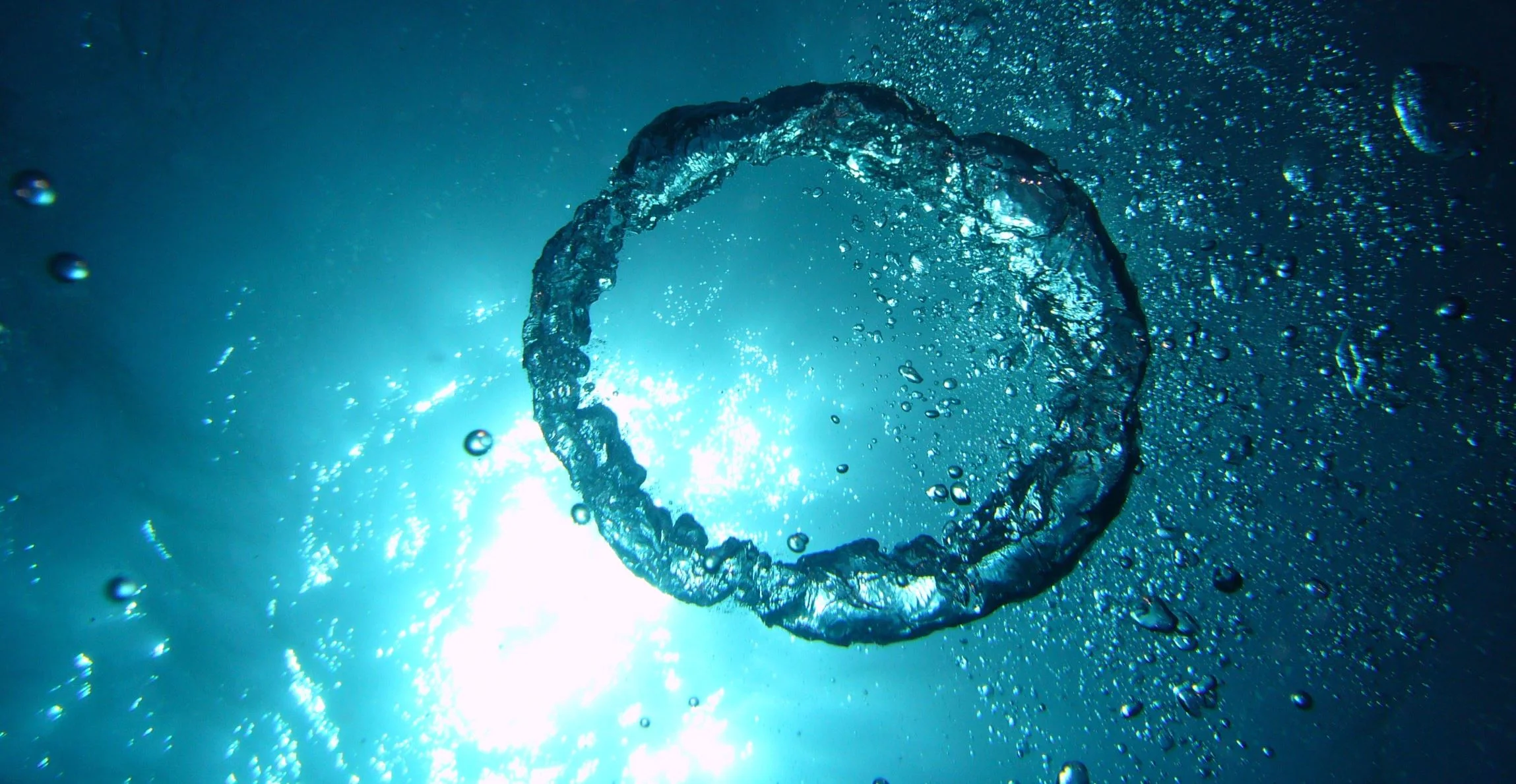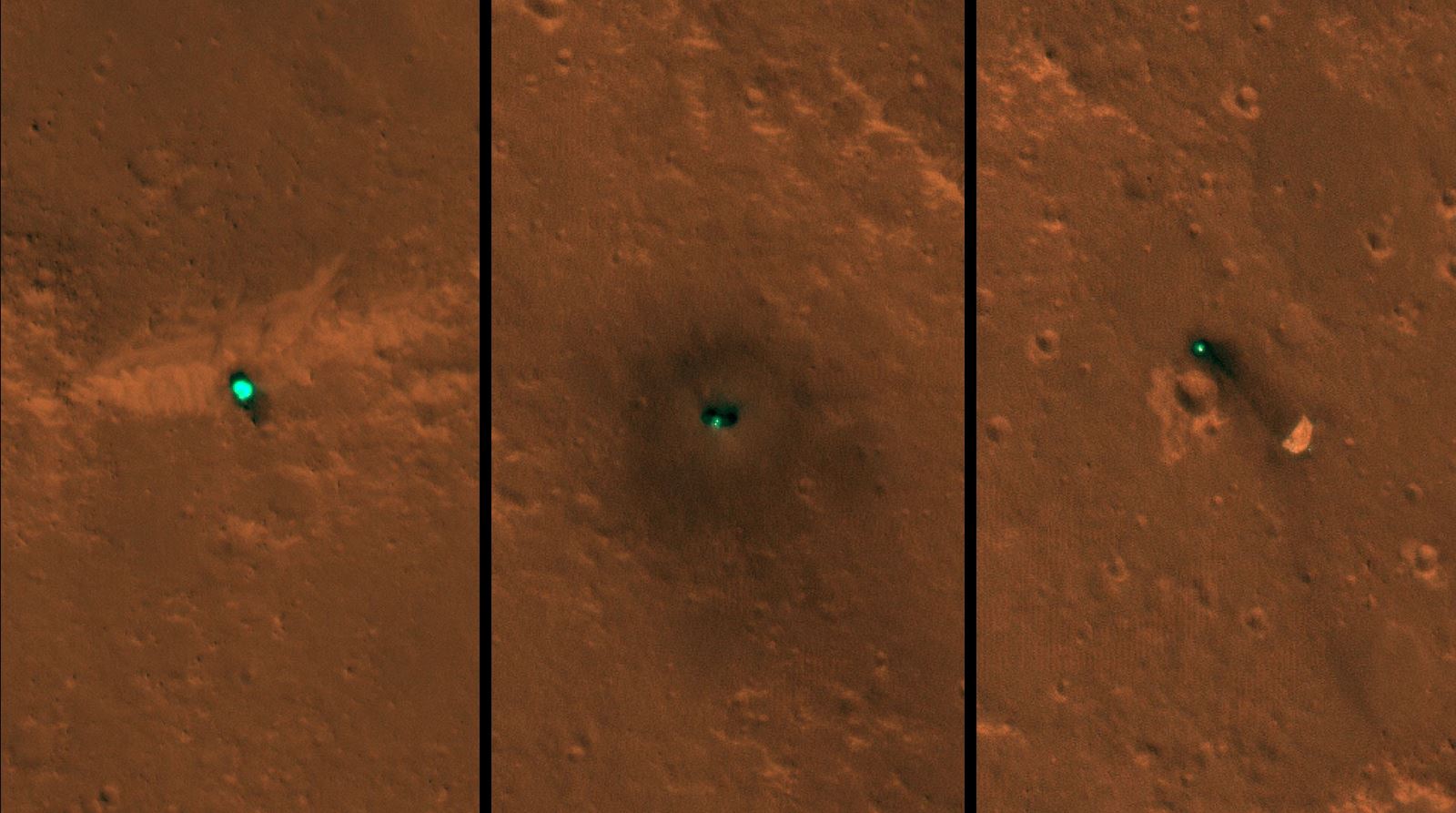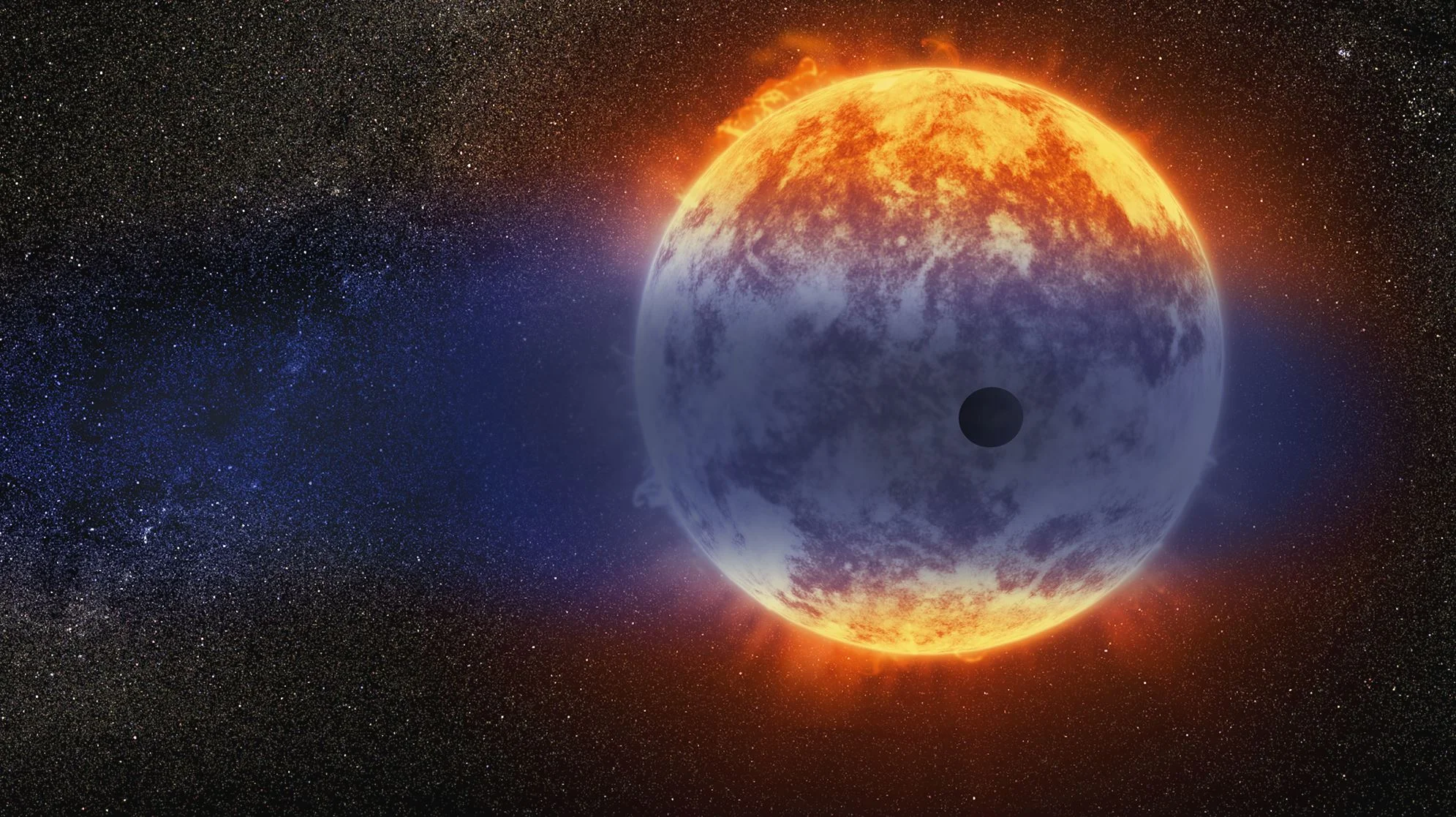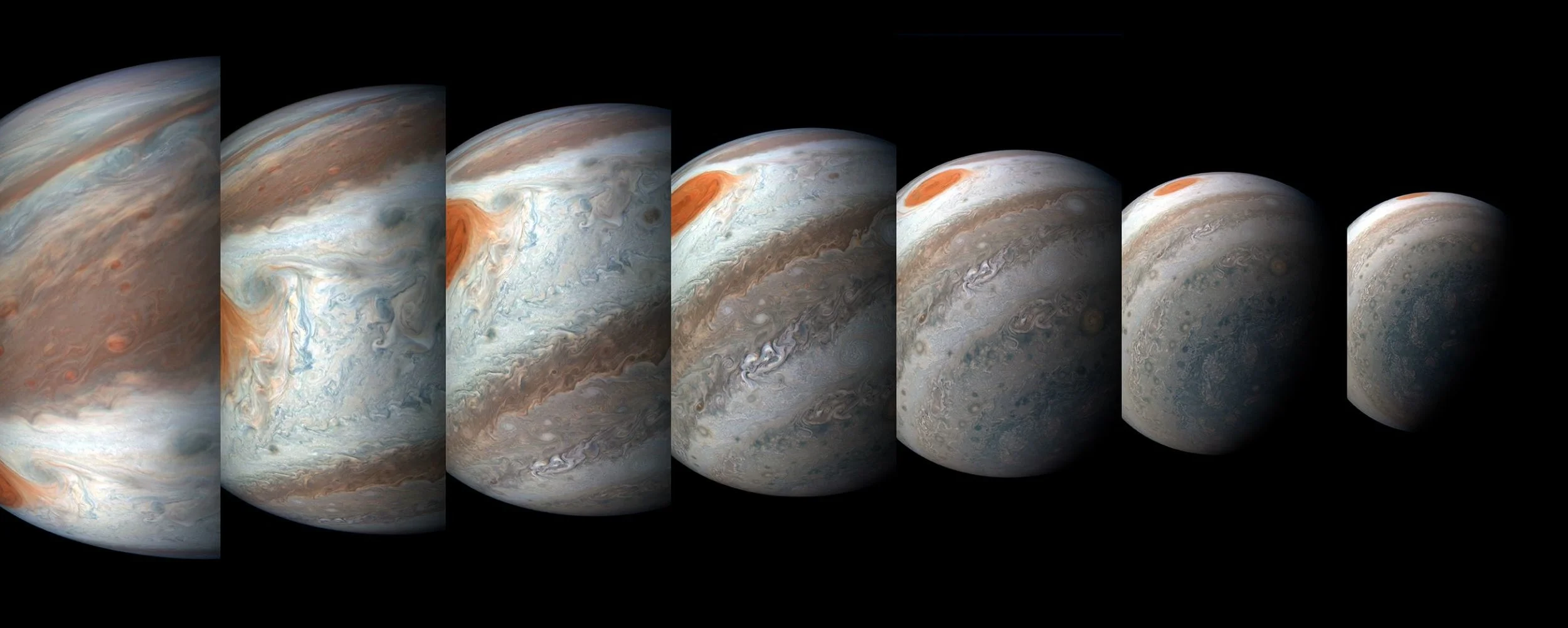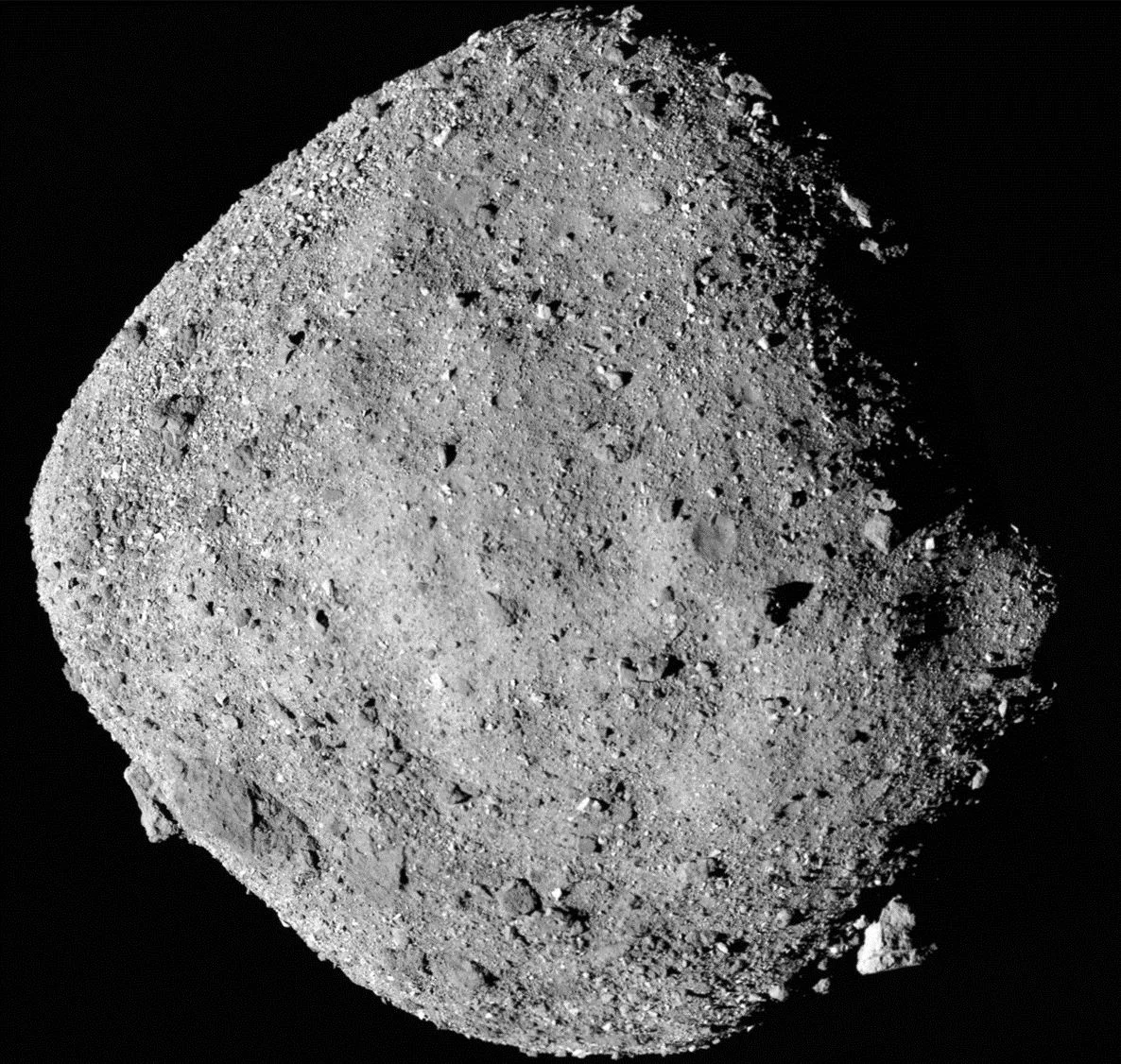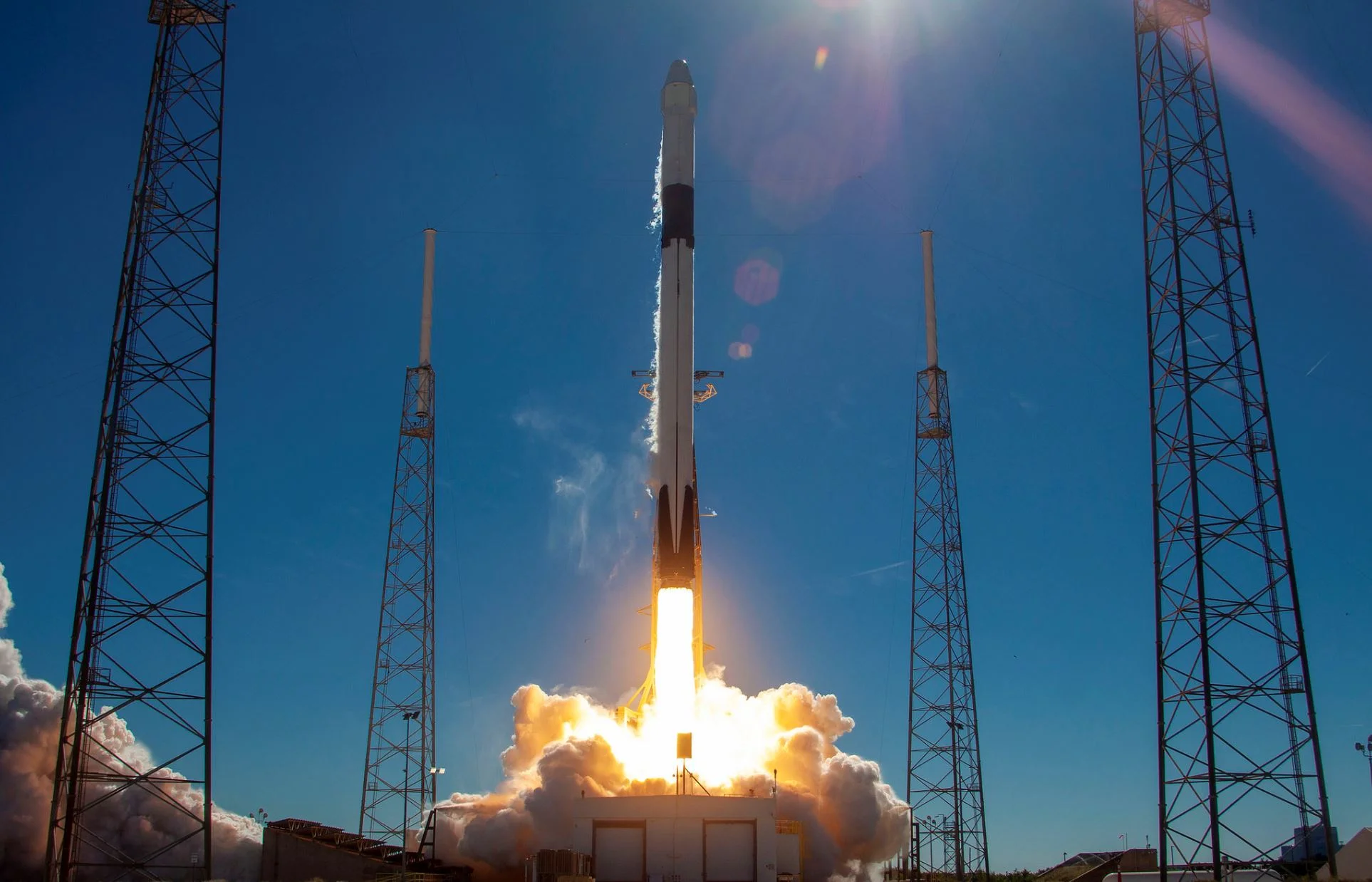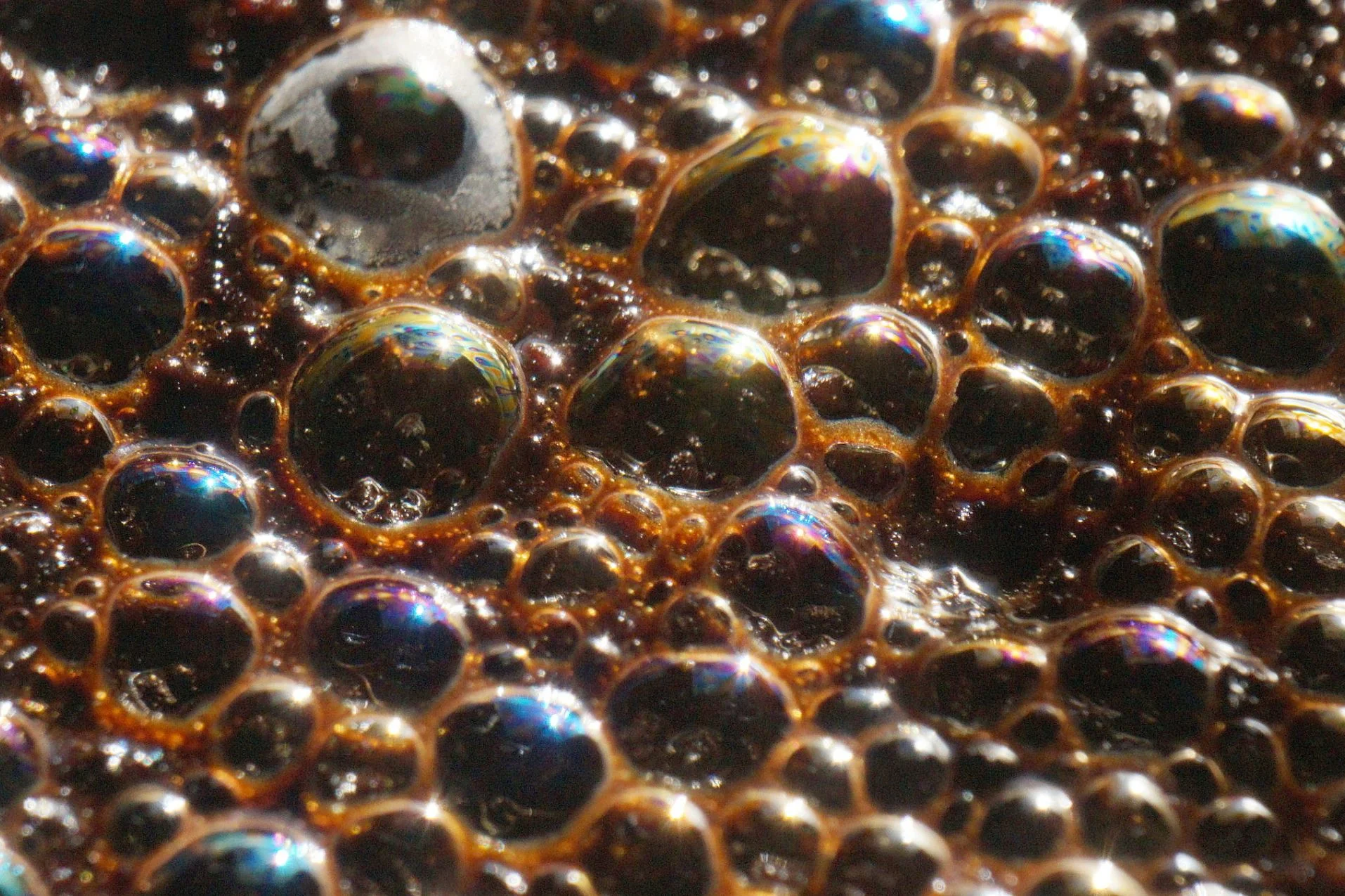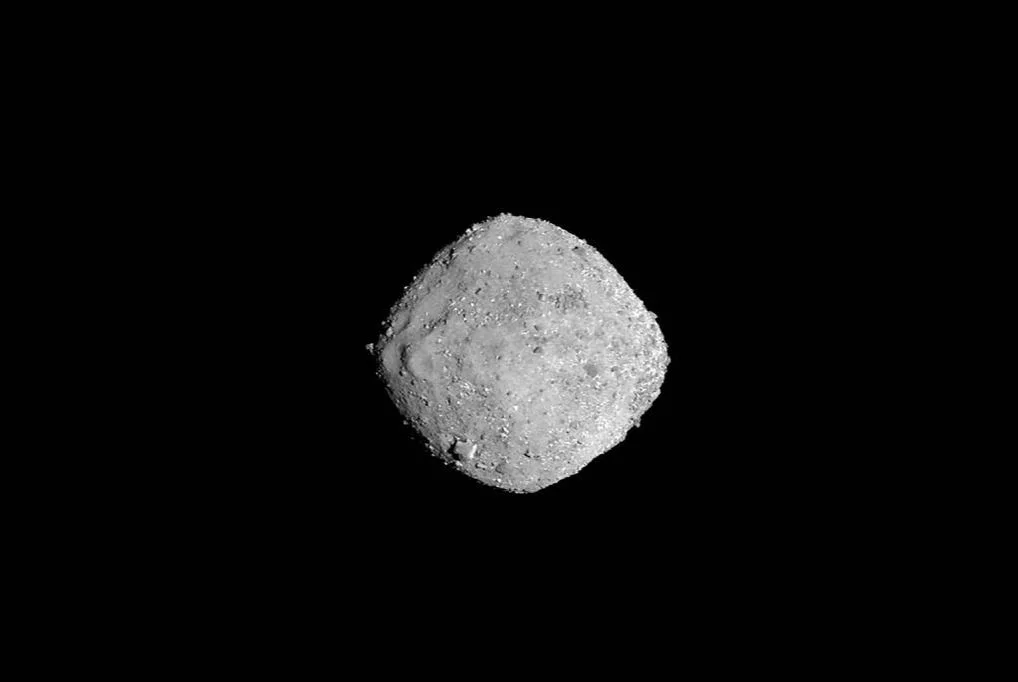A new look at Hubble images of galaxies could be a step toward illuminating the elusive nature of dark matter, the unobservable material that makes up the majority of the universe, according to a study published online today in the Monthly Notices of the Royal Astronomical Society.
NASA Telescopes Take a Close Look at the Brightest Comet of 2018
NASA Research Reveals Saturn is Losing Its Rings at “Worst-Case-Scenario” Rate
Here are 20 Protoplanetary Disks, With Newly Forming Planets Carving Out Gaps in the Gas and Dust
The hunt for other planets in our galaxy has heated up in the past few decades, with 3869 planets being detected in 2,886 systems and another 2,898 candidates awaiting confirmation. Though the discovery of these planets has taught scientists much about the kinds of planets that exist in our galaxy, there is still much we do not know about the process of planetary formation.
Nope, oxygen on exoplanets doesn’t always mean life
Just discovered! “Farout”, the Farthest Object Ever Seen in the Solar System
Mars InSight Lander Seen in First Images from Space
On Nov. 26, NASA's InSight mission knew the spacecraft touched down within an 81-mile-long (130-kilometer-long) landing ellipse on Mars. Now, the team has pinpointed InSight's exact location using images from HiRISE, a powerful camera onboard another NASA spacecraft, Mars Reconnaissance Orbiter (MRO).
Time travel is possible – but only if you have an object with infinite mass
Exoplanet is vanishing—and really fast
A Supernova 2.6 Million Years Ago Could Have Wiped Out the Ocean’s Large Animals
For many years, scientists have been studying how supernovae could affect life on Earth. Supernovae are extremely powerful events, and depending on how close they are to Earth, they could have consequences ranging from the cataclysmic to the inconsequential. But now, the scientists behind a new paper say they have specific evidence linking one or more supernova to an extinction event 2.6 million years ago.
NASA's Juno Mission Halfway to Jupiter Science
On Dec. 21, at 8:49:48 a.m. PST (11:49:48 a.m. EST) NASA's Juno spacecraft will be 3,140 miles (5,053 kilometers) above Jupiter's cloud tops and hurtling by at a healthy clip of 128,802 mph (207,287 kilometers per hour). This will be the 16th science pass of the gas giant and will mark the solar-powered spacecraft's halfway point in data collection during its prime mission.
NASA’s Newly Arrived OSIRIS-REx Spacecraft Already Discovers Water on Asteroid!
Australia is still listening to Voyager 2 as NASA confirms the probe is now in interstellar space
The problems with small satellites – and what Australia’s Space Agency can do to help
Mercury-Bound BepiColombo is About to Start Using the Most Powerful Ion Engines Ever Sent to Space
A handful of spacecraft have used ion engines to reach their destinations, but none have been as powerful as the engines on the BepiColombo spacecraft. BepiColombo is a joint mission between the European Space Agency (ESA) and the Japan Aerospace Exploration Agency (JAXA.) It was launched on October 20, 2018, and has gone through weeks of in-flight commissioning. On Sunday it turned on its powerful ion thrusters for the first time.
Bizarre ‘dark fluid’ with negative mass could dominate the universe – what my research suggests
It’s embarrassing, but astrophysicists are the first to admit it. Our best theoretical model can only explain 5% of the universe. The remaining 95% is famously made up almost entirely of invisible, unknown material dubbed dark energy and dark matter. So even though there are a billion trillion stars in the observable universe, they are actually extremely rare.
New SPECULOOS Telescope Sees First Light. Soon it’ll be Seeing Habitable Planets Around Ultra-Cool Stars
Our newest planet-hunting telescope is up and running at the ESO’s Paranal Observatory in the Atacama Desert in Chile. SPECULOOS, which stands for Planets EClipsing ULtra-cOOl Stars, is actually four 1-meter telescopes working together. The first images from the ‘scopes are in, and though it hasn’t found any other Earths yet, the images are still impressive.
New detections of gravitational waves brings the number to 11 – so far
NASA spacecraft gets up close with an asteroid that could one day collide with Earth
Mars New Home 'a Large Sandbox'
With InSight safely on the surface of Mars, the mission team at NASA's Jet Propulsion Laboratory in Pasadena, California, is busy learning more about the spacecraft's landing site. They knew when InSight landed on Nov. 26 that the spacecraft had touched down on target, a lava plain named Elysium Planitia. Now they've determined that the vehicle sits slightly tilted (about 4 degrees) in a shallow dust- and sand-filled impact crater known as a "hollow." InSight has been engineered to operate on a surface with an inclination up to 15 degrees.




